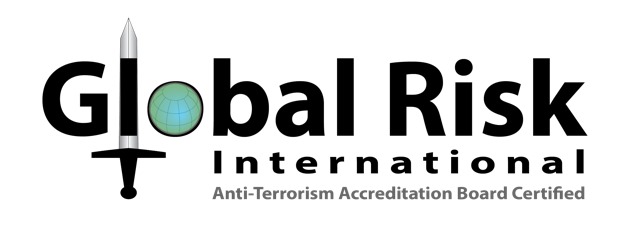The purpose of a security risk assessment is to identify, analyze, and evaluate potential security risks and threats within an organization or system. This process is essential for maintaining the confidentiality, integrity, and availability of information, assets, and resources. Here are some specific purposes and objectives of a security risk assessment:
- Identify Vulnerabilities: The assessment helps in identifying vulnerabilities in the organization's infrastructure, systems, processes, and policies. These vulnerabilities could be technical (e.g., software vulnerabilities), physical (e.g., weak access controls), or procedural (e.g., poor password policies).
- Assess Threats: It helps in understanding the potential threats that could exploit these vulnerabilities. Threats may come from internal sources (e.g., employees) or external sources (e.g., hackers, natural disasters).
- Quantify Risks: By evaluating the likelihood and potential impact of identified threats exploiting vulnerabilities, organizations can quantify the level of risk associated with each scenario. This allows them to prioritize which risks need immediate attention and resources.
- Compliance: For many organizations, conducting a security risk assessment is a regulatory or compliance requirement. It helps them ensure they are meeting legal and industry-specific security standards and regulations.
- Resource Allocation: Based on the assessment results, organizations can allocate resources (financial, human, technological) more effectively to mitigate the most critical risks.
- Security Strategy: A security risk assessment provides insights into areas where the organization needs to improve security measures. It forms the basis for developing a comprehensive security strategy and roadmap.
- Incident Preparedness: By identifying potential risks, organizations can develop incident response plans and strategies to minimize damage and downtime in the event of a security breach or incident.
- Cost-Benefit Analysis: Assessing security risks helps organizations make informed decisions about security investments. They can weigh the cost of mitigating a risk against the potential cost of a security breach.
- Continuous Improvement: Security risk assessments are not a one-time process. They should be conducted regularly to account for changes in the threat landscape, technology, and organizational processes. This promotes a culture of continuous improvement in security.
- Communication and Awareness: Sharing the results of a security risk assessment with stakeholders, employees, and management can raise awareness about security risks and the importance of security measures.
In summary, a security risk assessment is a proactive and systematic approach to understanding and managing security risks within an organization. It enables organizations to make informed decisions, allocate resources effectively, and implement measures to protect their assets and information from potential threats.

